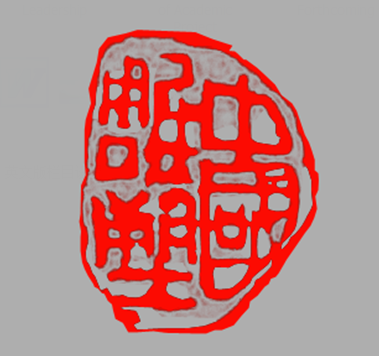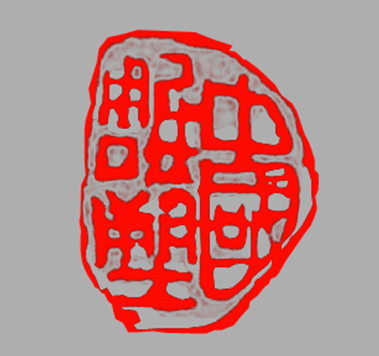
Current

|
|

|
|

|
|

|
|
第1页/共1页4条 首页 上页 1 下页 尾页
中国雕塑学会 CHINA SCULPTURE INSTITUTE
中国雕塑学会 CHINA SCULPTURE INSTITUTE 备案号:京ICP备12008679号
微信公众号:中国雕塑学会CSI



|
|

|
|

|
|

|
|
第1页/共1页4条 首页 上页 1 下页 尾页
